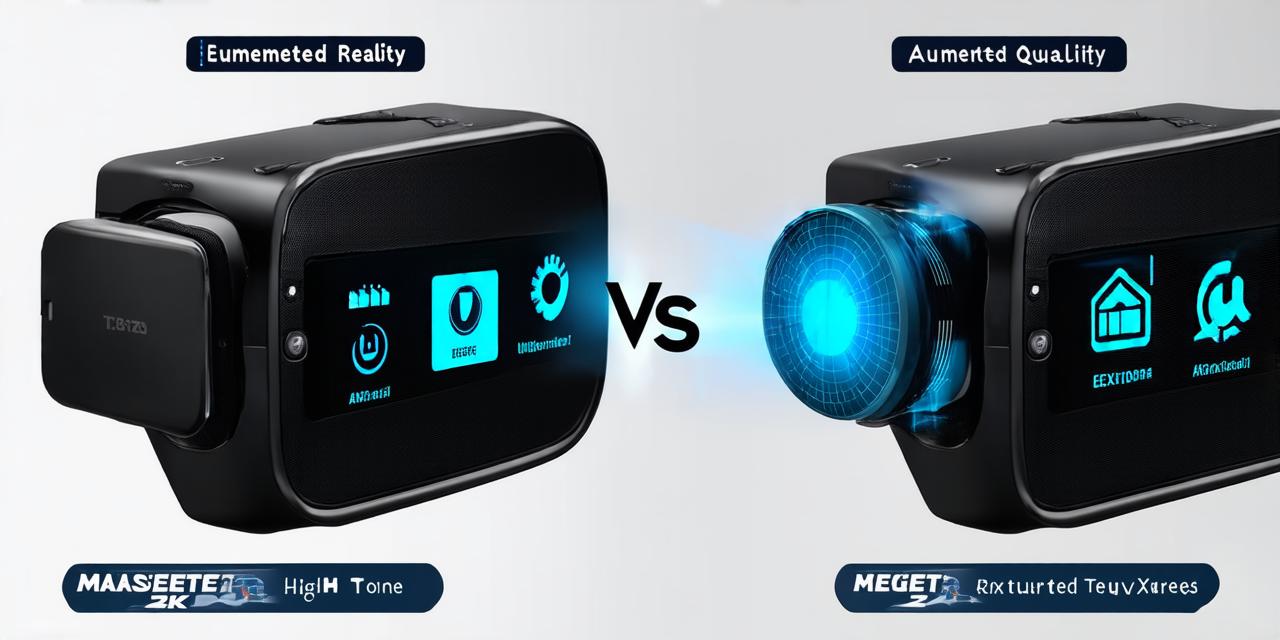Augmented reality (AR) and mixed reality (MR) are two types of immersive technologies that allow users to experience digital content in a real-world environment. While both technologies offer similar experiences, they differ in the way they integrate digital content into the real world and how they interact with users. In this article, we will explore the differences between AR and MR and provide examples of each technology in action.
Augmented Reality (AR)
Augmented reality is a technology that superimposes digital content onto the real world. This content can include images, videos, and even 3D models that appear to be part of the real environment. AR works by using sensors and cameras on a device to track the user’s position in the real world, then overlaying digital content onto that location.
AR is often used for educational purposes, as it allows users to visualize abstract concepts in a more tangible way. For example, a teacher might use AR to show students how a machine works by overlaying digital parts onto a physical model. AR is also used in gaming and entertainment, where virtual objects are added to the real world to create an immersive experience.
One popular example of AR is the Pokemon Go app, which uses GPS and sensors to track users’ location and superimpose digital creatures onto the real world. Users can catch these creatures by tapping on them, creating a fun and interactive gaming experience.
Mixed Reality (MR)
Mixed reality is a technology that combines elements of both augmented and virtual reality. MR creates a hybrid environment where users can interact with both real-world objects and digital content. This allows for a more seamless integration of digital content into the real world, creating a more immersive experience.
MR works by using sensors and cameras on a device to track the user’s position in the real world, as well as the user’s movements. Digital content is then rendered in real-time based on this data, allowing for a more natural interaction between the user and the digital environment.
One example of MR technology is the HoloLens headset, which allows users to see and interact with 3D holograms in their real-world environment. This technology has been used in fields such as medicine, where surgeons can use holographic models to plan and practice complex procedures.
Summary
In conclusion, AR and MR are two types of immersive technologies that allow users to experience digital content in a real-world environment. While both technologies offer similar experiences, they differ in the way they integrate digital content into the real world and how they interact with users. AR is often used for educational purposes, while MR is used in fields such as medicine and entertainment. By understanding these differences, users can choose the technology that best suits their needs.
